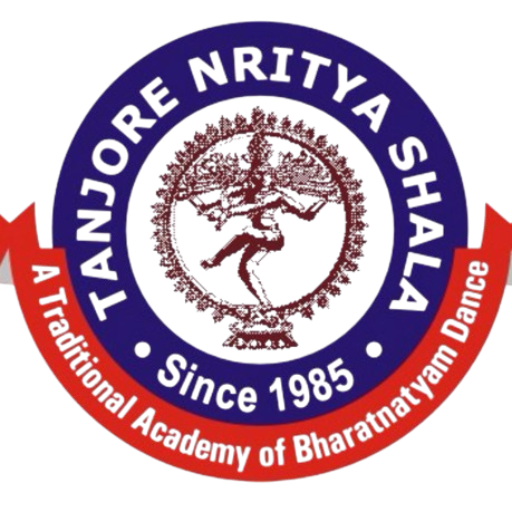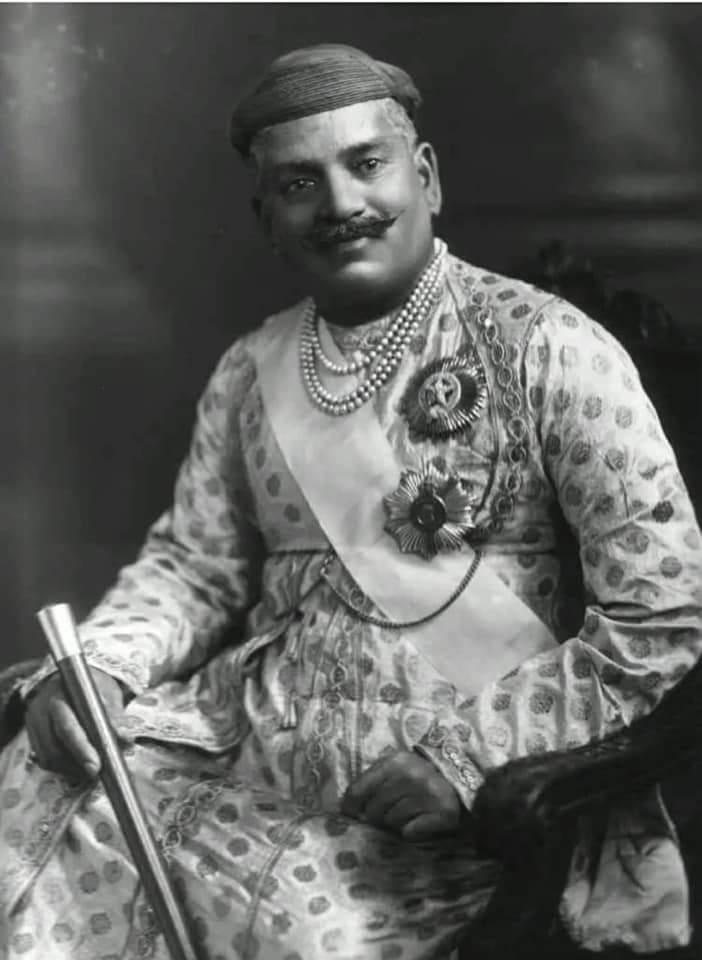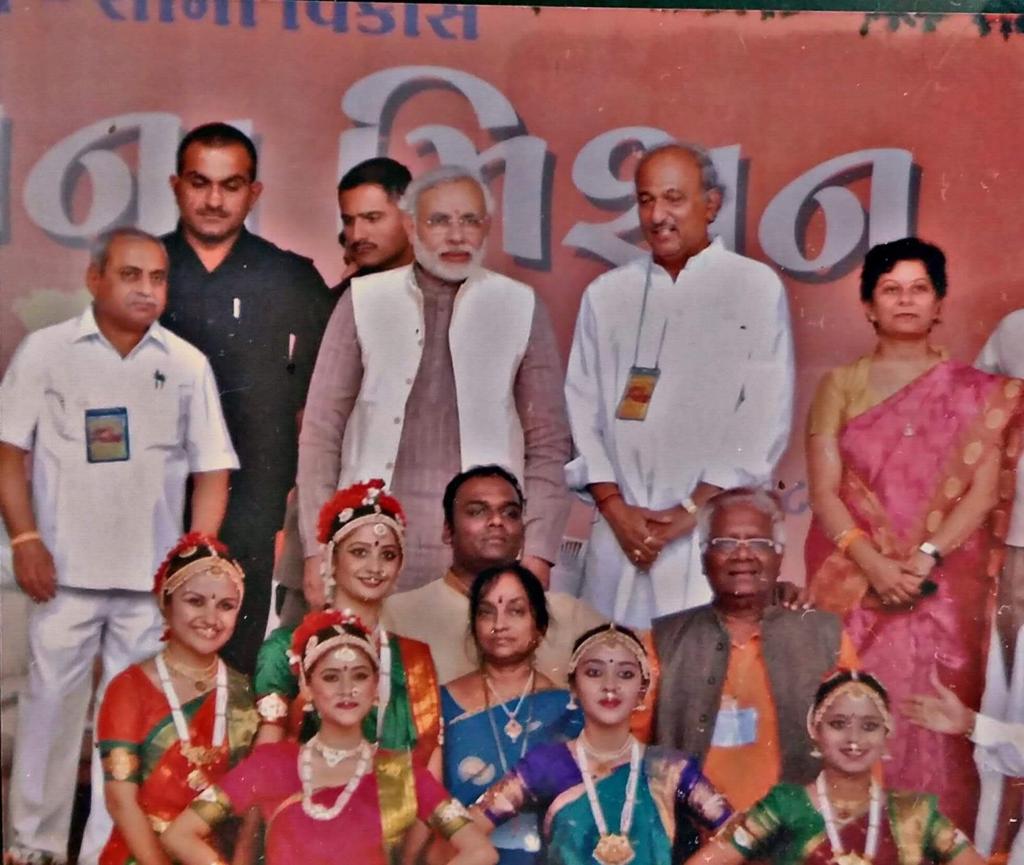The Events
SEPTEMBER 2012
Words by Gurushri Ramesh Kubernath Tanjorkar: Bharatnatyam is one of the best classical dance of India which the acting or expression talent can be developed very easily.
OCTOBER 2012
Know the correct meaning of ‘ArangetraL’ & ‘ArangetraM’: Everybody knows the famous Tamil word ‘ARANGETRAL’ but the difference between ‘ARANGETRAL’ and *ARANGETRAM is not known. Hardly one out of hundred knows the correct meaning of these two words.
In this word ARANGAM means ‘Stage’ and ETRAL means The Guru’s Acknowledgment of the Student’s ability To perform Satisfactorily. Many times it is used as ARANGETRAM where the ‘Etram’ word means to come on stage and perform with or without ability. So it can be said ‘Arangetral’ is much better word to give the logical understanding than the word ‘Arangetram’.
Nattuvangam & Nattuvanar: NATTUVANGAM is a Tamil word i.e. Natta + Angam. Natta means dancer or Dance Performance and Angam means body or main operating or controlling centre. The combination of this two is called Nattuvangam. In other words a Dancer for presenting dance with aesthetic effect always tries to keep link with Nattuvangam. This effort by a dancer brings harmony for total attraction which ultimately leaves lasting effect in the mind audience. A good Nattuvangam is recognised by qualities like, melodious singing giving aesthetic effect to valuable meaning of words coming in song, keeping link with calculative and time bound rhythm, having soft and hard touch understanding in ‘sollukattu\\\’ and creating harmony with expression by dancer through eyes and body languages and also powerful footwork with attractive choreography. Thus all such qualities are to be developed by a good Nattuvanar, who plays the Nattuvangam (Tattakali-Stick and wooden block) with melodious singing, controlling the tempo (laya) of the dance and conducting the dance orchestra. This is a very difficult task. He should have the knowledge of Music, Percussion and Literature. A good Nattuvangam does not need separate singing, but Nattuvanar himself is capable to sing perfectly creating harmony with dance performance and he is also very clear about Bha – Ra – Ta, means Bhava, Raga and Tala. Now a days such Nattuvanars are rare. Engaging a separate singer for dance performance in addition to Nattuvangam is nothing but creating the dirtiest adulteration in best qualitative performance of dance. A good singer without knowledge of dance is always trying to show his singing ability only which is always found in distorted condition for best performance of dance as he is not having any understanding of dance. The role of Tanjore Dance Music and Art Research Centre Nattuvanar is found similar to role played by a director in Films. The Director is not much exposed before spectators but his role is considered to be most valuable and effective. In the same way a good dance performance is possible only by an effective role of Nattuvanar. His work is involved right from the primary stage to final stage i.e. upto performance so far as Training and Shaping of a dancer is concerned. So this is the real logic of Nattuvangam, we have to understand. Guru Ramesh K. Tanjorkar is having this rare quality of Nattuvangam and Singing simultaneously like his father Guru Kubernath A. Tanjorkar. He has got, as a gift of nature, a very good voice culture which is special feature for his Carnatic as well Hindusthani style singing. Many students have completed their Arangetral course totally under his training and guidance.
NOVEMBER 2012
WHY BHARATNATYAM CLASSICAL DANCE IS FOUND INTERESTING TO THE PEOPLE OF GUJARAT? According to Natya Sastra Sangraha, the science of Dramatic presentation was first taught by Brahma to sage Bharatamuni. Sage Bharatamuni then produced before Lord Siva the Three-fold Art of Pure Acting, acting accompanied by dance and pure dance, with the help of his troupe of Gandharvas (Heavenly Musicians) and Apsaras (Heavenly Damsels). Lord Siva was then reminded of his own Dance with energetic movements and had it taught to Bharatmuni by Tandu, the leader of his followers. He also had Lasya (the gentler and more graceful variety of Dance suitable for ladies) taught to Bharatamuni by Parvati who exhibited the Art in his presence.
The Rishis (Bharatamuni and others) having learnt the Art of Tandava (male dance) from Tandu, taught it in their turn to Men; and Sri Parvati Devi taught the Lasya to Usha, the daughter of Bana, who in her turn taught it to the Gopis of Dwaraka; and from the Gopis, the art spread to the ladies of Saurashtra (Kathiawar), Gujarat, and from them to the other parts of the country. In this way the Art of Dance and Drama has been established by tradition. Tandav and Lasya are major parts of Bharatnatyam.
To day what we are seeing, as beauty and grace, in Garba Lok Nrutya is reflection of Lasya only, we can say, other than Tamilnadu no other state symbolizes Bharatnatyam as Gujarat.
SHRAMA KOODAM or SILAMBU KOODAM: In old days under “GURUKUL SYSTEM”, Bharatnatyam students used to stay at ancestral home of Nattuvanar, where a separate hall was kept as practicing place and this hall was known as SHRAMA KOODAM or SILAMBU KOODAM.
The students were required to do rigorous practice in “ASOORA SADHANAI ” which means they were demanded to practice like a Demon (Rakshasa) to achieve perfectness. The floors of some halls were uneven due to the constant stamping of feet by generations of Bharatnatyam dancers in practice. Mostly the practices were done in the early morning.
NATTUVAN CHAVADI: Nattuvan Chavdi in Thanjavur was gifted by King Tulaja II (b.1763) to Subbrayan Nattuvanar (1758-1814) son of Gangaimuthu Nattuvanar (b. 1737) and father of famous Tanjai Nalwar (Pillai brothers Chinnaya, Ponnaiah, Shivanand and Vadivelu). During the ruling of Maharaja Serfoji in Thanjavur of Tamilnadu, every year a big festival of dance was held and in this festival all Nattuvanars were invited for their unique performances. Nattuvan Chavadi where all Nattuvanars used to gather for discussion of various Arts. During these meetings of Nattuvanars exchange of thought and new ideas/interpretation was mainly discussed.
DECEMBER 2012
BHARATNATYAM IN ITS PURE FORM: Natya Shastra classifies the dance as soul liberating, unlike pure entertaining. Abhinaya Darpana, the book written by Acharya Nandikeshwara is based on Natya Shastra and the classical dance Bharatnatyam is strictly following the system and rules given in the book Abhinaya Darpana.
The original Bharatanatyam is not a vulgar form of entertainment as mainly required for false success, artificial popularity and fame, making money etc. but it is for sacred ritual that is supposed to bring the spiritual upliftment to the audience and the dancer.
SHRINGARA RASA-RAJARA SA AMONG NINE RASAS (Emotions): Shringara is one of the most important division of Navarasas. Sage Bharata Muni in his Natyashastra defines Shringara as the rasa that is expressing love, beauty, art and spiritual devotion.
It is also recognized as Rajarasa, which deserves the position of king over all Rasas hence it is found as a divine portrayal in Indian art. In Indian music, dance, or theatre Shringara is used as the primary expression to demonstrate the love between male and female, among friends, the love between a mother and her child, the love for god and the love between a teacher and his disciples.
JANUARY 2013
Legendary Kumbakonam Azhaganambia Pillai: Born in a musical family, Azhaganambia Pillai in those days was a famous accompanist and was very popular with artistes and the public. Although he lost one of his eyes due to smallpox when he was young, he showed immense interest and dedication towards the art and become one of the legend in Mridangam. His style was noted for clarity, beauty and dexterity, thus enhancing the standard of concerts.
Guru Shri Kubernath Tanjorkar learnt Mridangam also under the legend Kumbakonam Azhaganambia Pillai.
Tanjore Balasaraswati – Queen of Abhinaya: Tanjore Balasaraswati, (1918 – 1984) who is known as “Queen of Abhinaya” the name without which the History of Bharatnatyam would not be complete. The real expression of SHRINGAR RASA was her masterpiece. She did her Arangetral at the age of 7 in 1925 under the distinguished dance teacher K. Kandappan Pillai, a member of the famed Thanjavur Nattuvanar family. She was the Grand Daughter of legendry Veenai Dhanammal. She was considered as doyen of this art form all over the world.
Sri P.V. Subramaniam – Veteran Classical Dance & Music critic: If somebody wants to know the correct meaning of word “CRITIC”, it was “P.V. SUBRAMANIAM” (1917-2007), popularly was known as ‘Subbudu’. It is he who said what he saw, what he felt without bothering what the artist, public or anybody would feel. He was fearless. He suffered a lot for his this quality but never made any compromise. He fought in this way till his last breath. He will be always remembered as Unconquered King of Critic of Classical Dance and Music. Now a day’s such impartial critic are rarely found.
FEBRUARY 2013
The Longest Tamil Inscription: The famous temple of “BRIHADEESWARAR” (Lord Shiva) was built by Raj Raja Chola in 1010 CE in Tanjavur, Tamilnadu which has the longest Tamil Inscription which also gives details of his having employed 640 Nattuvanars, Dancers & Musicians to perform during daily rituals and festival processions during that time.
Bharatnatyam Varnam during ancient days: Varnam is the centre and most important piece of the Bharatanatyam repertoire. Earlier and during the ancient time of Maharaja Serfoji of Tanjavur, the Varnam was very long, it begun after sunset and continued till late in the night and sometimes all night long and the same was keenly and enthusiastically enjoyed by people at that time.
LOKDHARMI IN BHARATNATYAM: Right from the time of Acharya Bharatamuni, the importance of interest of shrota / prekshak (audience) was noted and the art of dance in which expression of various moods/emotions of men and women was known as “LOKDHARMI NRITYA”.
In “LOKDHARMI”, the audience was attracted to view the different types of customs and feelings in day to day experience of our life. Acharya Bharatamuni has stressed importance of this in his ” NATYASHASTRA” that any artist who did not present his art form with this peculiar quality, he/she was not considered authority for the presentation. In case of Bharatnatyam also if the presentation by any artist is not in line with this, it is not a perfect/proper presentation.
The original style of Bharatnatyam always include the basic concept of LOKDHARMI along with NATYADHARMI. Guru Kubernathji and his family always followed this principle and composed items which always brought interest and spiritual upliftment to the audience and the dancer.
MARCH 2013
Princess Kundavai Pirattiyar of Chola Dynasty: Chola Princess Kundavai was an historic name for a number of women of royal lineage connected with the Chola dynasty in southern India around the 10th century. She was the elder sister of Raja Raja Cholan I. Old Tamil Inscriptions reveal that the Nattuvanars (Dance Masters) were appointed to teach the Chola Princess Kundavai a thousand years ago.
Rs.1,000 coin on Brihadeeswara Temple: Recently, a 1,000-rupee silver commemorative coin issued by the Government of India to commemorate 1,000 years of the Brihadeeswara temple in Thanjavur which had always been serving as a platform for the dancers who excelled in the traditional dance form of Bharatnatyam.
APRIL 2013
MADODARI, wife of King Ravan was Expert in Natya (Dance): In RAMAYANA, the legends noticed that MANDODARI the wife of Lankeshwar Ravan was a leamed and expert in Natya and Sangeet art form. In the palace of Ravan there was a Natyashala and Sangeetshala.
AUGUST 2013
Nritya Sangeet in the Ancient Indian treatise: We find the references of the popularity of the Art of Nritya Sangeet in the ancient Indian treatise of PANINI’S ASHTADHYAYEE, KAUTILYA’S ARTHASHASTRA,ACHARYA BHARAT MUNI’S NATYASHASTRA and VATSAYANA’S KAMSUTRA.
SEPTEMBER 2013
Meaning of MUDRA in BHARATNATYAMO: The word Mudra derived from the Sanskrit word Mud, which means “to delight in”.
By depicting various MUDRAS in the dance of Bharatnatyam, the dancer putting all her skills of presenting MUDRAS to bring deep feeling in the mind of audience and at the same time joy in the dancer of presenting the real art Mudras are an essential part of Bharatnatyam Classical Dance
OCTOBER 2013
Madhrashtakam in Bharatnatyam – A unique composition by Guruvarya Kubernathji: It is true that the eminent Dance and Music exponents always experience that their unique compositions become very popular only when they find themselves getting miraculously something like super power and energy from almighty, during the labor time of their composition. Our renowned classical dance Bharatnatyam Gurushri Kubernathji also experienced like this several times.
Gurushri Kubernathji’s famous composition Madhurashtakam in Bharatnatyam was made with above experience. Quite long years back a very huge Vaishnav Samaj Festival was held in Vadodara. During the time of this festival the Parampujya Damodarlalji came to residence of Guru Kubernathji and asked him to compose Madhurashtakam in Bharatnatyam Dance. A very short time of 8 days for the grand festival was remaining and Gurushri Kubernathji was hesitating to give the commitment to complete the item. Param Pujya Damodarlalji said that this commandment he got from almighty and therefore there would not be any obstacle or hindrance in getting composition completed by him. Gurushri Kubernathji had no other alternative as it was as good as order by Parampujya Damodarlalji.
It was really miracle that Madhurashtakam was composed very successfully in Bharatnatyam by Gurushri Kubernathji and the same item is very very popular today also. Previously Madhurashtakam in Bharatnatyam was presented in solo or dual but astonishingly this item is presented even in group at present by Gurushri Ramesh Kubernath Tanjorkar. However each stanza of the poem narrates about separate incident of Lord Krishna and such incident is presented in centre of the group one after another individually by each artists. This added more colour to the composition of Madhurashtakam in Bharatnatyam.
NOVEMBER 2013
Choreographing Dance for South Indian movies in late 1930s: Guru Kubernathji did some dance choreography work in couple of South Indian films during late 1930s when he was invited by famous poet Shri Udumalai Narayanswami Kavi for choreographing dance for his lyrics in TR Sundaram movie.
Shri TR Sundaram was a reputed film director and producer, who was busy in some direction work in his Modern Theatre at Salem, Tamilnadu and at that time Guru Kubernathji got an opportunity to work with him in Dance and Music direction.
TR Sundaram (1907-1963) was a Tamil director and film producer. He is the founder of the Salem based movie production company Modern Theatres.
Udumalai Narayana Kavi (1899-1981) was an famous Indian Tamil poet. He wrote popular lyrics for several Tamil movies
NOVEMBER 2013
Choreographing Dance for South Indian movies in late 1930s: Guru Kubernathji did some dance choreography work in couple of South Indian films during late 1930s when he was invited by famous poet Shri Udumalai Narayanswami Kavi for choreographing dance for his lyrics in TR Sundaram movie.
Shri TR Sundaram was a reputed film director and producer, who was busy in some direction work in his Modern Theatre at Salem, Tamilnadu and at that time Guru Kubernathji got an opportunity to work with him in Dance and Music direction.
TR Sundaram (1907-1963) was a Tamil director and film producer. He is the founder of the Salem based movie production company Modern Theatres.
Udumalai Narayana Kavi (1899-1981) was an famous Indian Tamil poet. He wrote popular lyrics for several Tamil movies
JANUARY 2014
Techniques used for best performance of Bharatnatyam: Gurushri Ramesh Kubernath Tanjorkar after establishing the institutes Tanjore Nritya Shala and The Tanjore Dance Music & Art Research Centre, decided to include all the techniques particularly used for best performance, in the system of training of Dance to the students. He introduced short Abhinaya with dialogues to children which can prove to develop talent in expression right from the level of childhood. He also introduced Taal Bandish i.e. Chatushra Ekam taal, with counting 16 Matras, in teaching steps on primary level.
MARCH 2020
Ivory Violin was presented to Vadivelu Pillai of Tanjore Quartet: It was Vadivelu Pillai (1810-1845) who introduced the use of Violin in Camatic music. A scholar in Tamil and Telugu, Bharatanatyam exponent,vocalist, violinist and composer, Vadivelu Pillai delighted the ruler of Travancore, who presented to him an ivory violin in 1834 and even built him a house.











